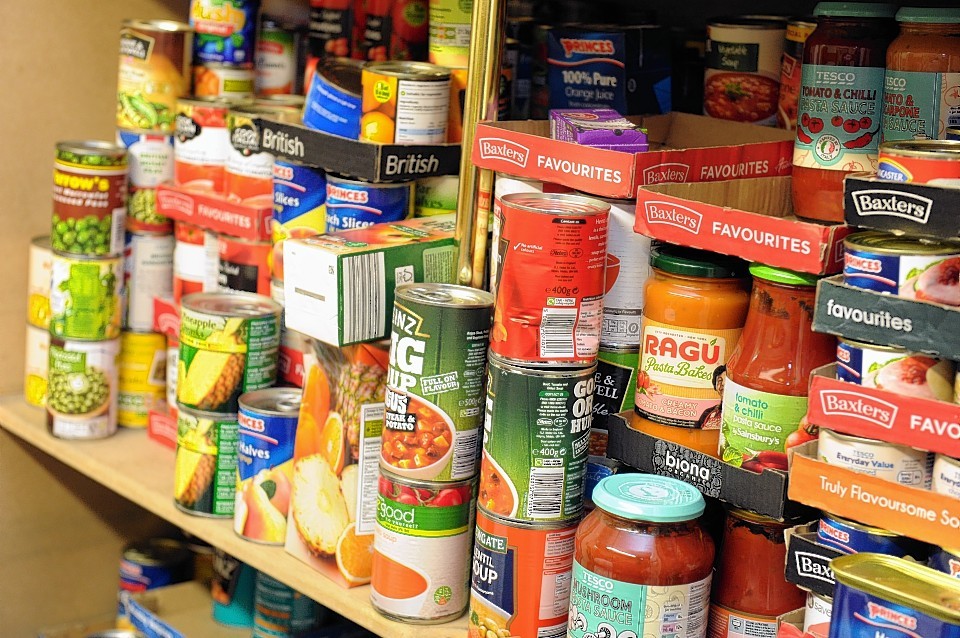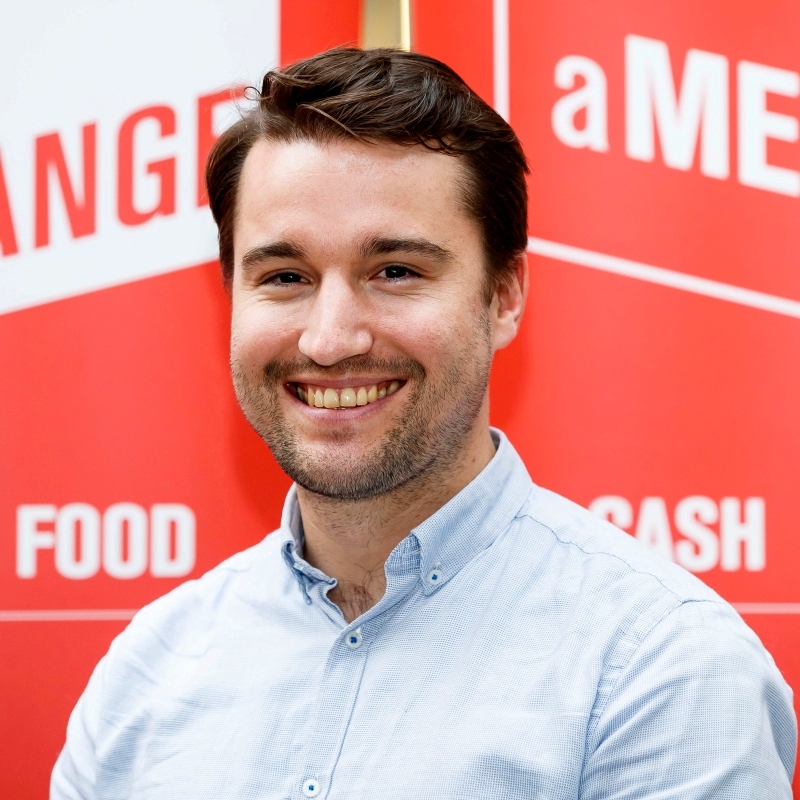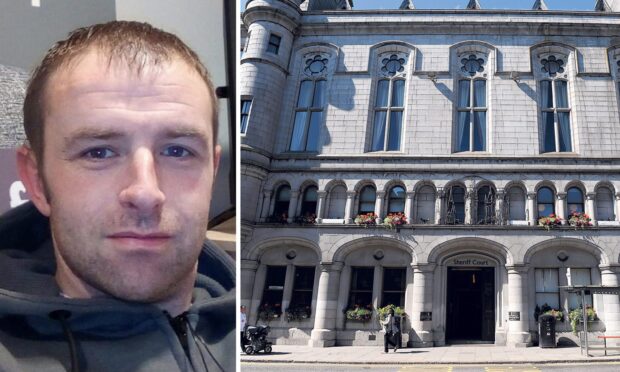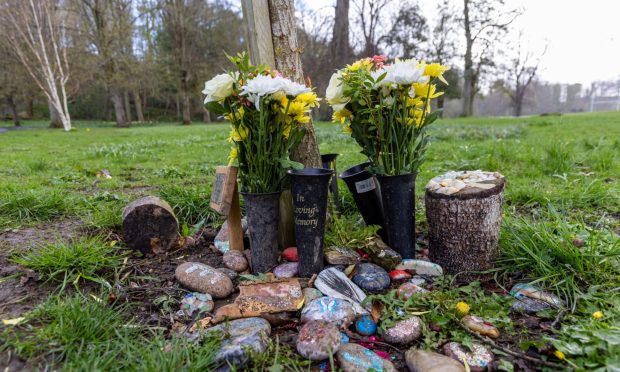More than 24,000 ‘crisis grants’ have been issued in just one year to vulnerable people across the north and north-east.
And it is suspected the true number of those in need could be far higher – with councils allegedly failing to advertise grant funds for fear they will be swamped by applicants.
The situation was revealed in a report into the Scottish Welfare Fund (SWF), which was set up in 2013 to provide non-repayable cash grants to people without food or other basics.
The report was led by charity coalition A Menu For Change and found the number of people forced to use foodbanks continues to grow.
In particular, there is growth in those seeking crisis grants, which help people “get through a disaster or emergency situation, such as running out of money for food”.
During 2017/18, Aberdeen City issued 10,665 crisis grants, Aberdeenshire 4,585 and Moray a further 2,565.
Highland distributed 4,330 crisis grants, while Argyll and Bute gave out 1,495, Shetland 225, Orkney 70 and Eiliean Siar 180.
In addition to publishing the stark figures, A Menu for Change have now raised concerns local authorities across Scotland are not actively promoting the SWF to thousands of vulnerable people who could benefit.
The report reads: “Based on interviews with those delivering the SWF, there is evidence that local authorities choose not to advertise the fund – not because they do not want people to receive their entitlements, but because they don’t feel they have the resources necessary to cope with the demand which advertising would create.”
The £38 million budget for the SWF has remained static since it was introduced in 2013, which amounts to a real-terms cut year-on-year, with many councils having to use “significant” amounts of their own funds to top it up.
David Hilber, project officer at A Menu for Change, said: “If you’ve run out of money, SWF should be there to ensure you can get cash to buy food and other essentials, but our research has found barriers along the way.
“Too few people know that the fund exists and councils say they can’t afford to properly advertise it because of the potential scale of the demand.”
A spokeswoman for Moray Council said: “We promote the Scottish Welfare Fund on the homepage of our website, within our access points, and within our Council Tax information leaflet.
“As well as this, we work with and promote the Fund through organisations and third parties who work with those who may experience a crisis. We also attend events like the Fairer Moray Forum and Tackling Poverty conference to advertise the Scottish Welfare Fund.
“As noted in the report, we’re the only local authority to offer four different application methods: online, by phone, paper or face-to-face.”
An ACC spokeswoman said: “The SWF is promoted on the ACC website and we have done a lot of work in terms of publicity over the years working with both internal and external partners and stakeholders.
“This has included visiting organisations and delivering presentations, attending community events and similar events.”











